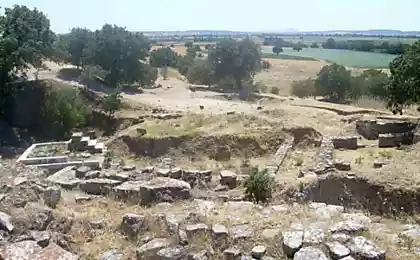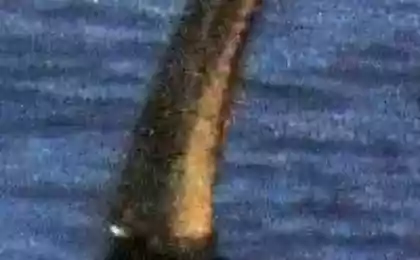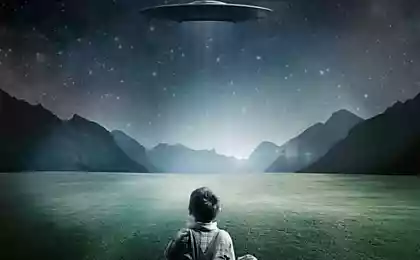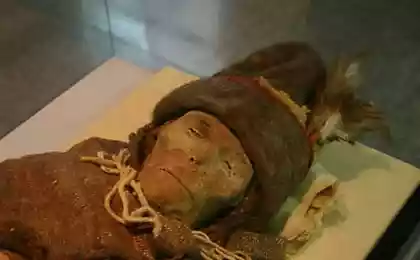9876
Strange animals exposed in museums
Every year scientists discover new species that once lived on our planet.
However there is one amazing moment, found the remains of animals for many years lie on the shelves in museums before one of them, and researchers will prove that this is representative of the species unknown to science.
Let's look at these creatures have been found.
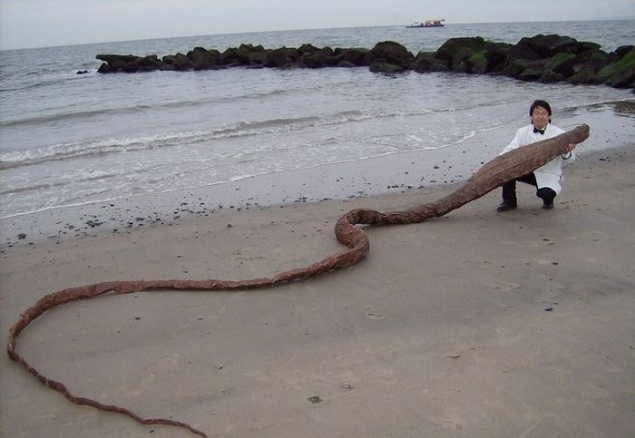
1) Barosaurus
It might seem like you can not see the 24-meter beast? His long fossilized skeleton was kept in the museum without special attention. In 2007, scientists reported a new discovery, or rather, the opening of a new species of dinosaur, known Barosaurus having a long neck, which was hidden in the walls of the Royal Ontario Museum in Canada. Its individual bones were scattered in different collections until they are joined together.
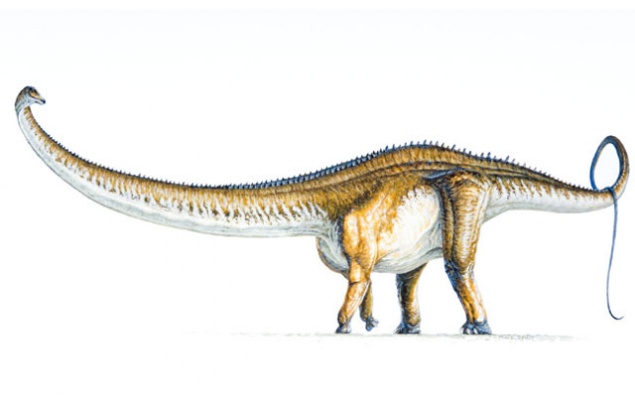
2) ant the size of a hummingbird
Hummingbirds - small birds. However, an insect the size of a hummingbird is very impressive. Fossils of extinct species of ant long epic proportions preserved in the Museum of Nature and Science in Denver until 2011, scientists reported no new discovery. Giant insect was named Titanomyrma lubei.
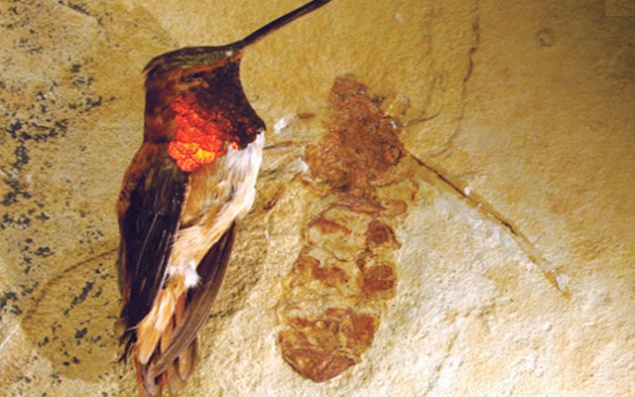
3) A new species of Xenoceratops
Paleontologist Baths Langston ml. intriguing fragments of fossils found during the excavations in Alberta, Canada, in 1958, but he did not have time to study them, so the fragments fell on the shelf of the Canadian Museum of Nature in Ottawa and were safely forgotten.
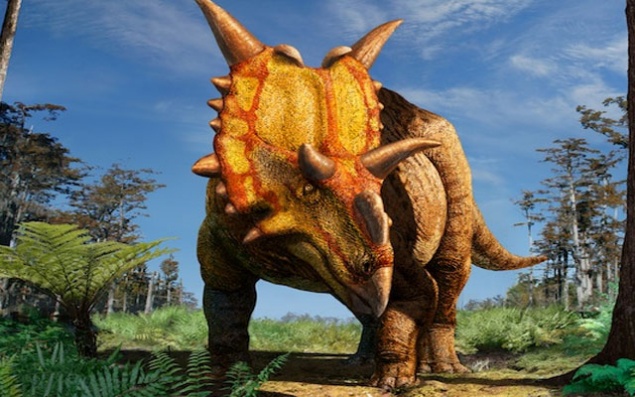
In 2003, a paleontologist at the Royal Ontario Museum, David Evans and his colleagues noticed strange pieces and examined them. Once it became clear that scientists are dealing with a new kind of dinosaur Xenoceratops foremostensis.
4) the missing link in the chain of fish
Strange ancestor flounder can probably explain how these strange creatures evolved. Was not found on the ocean floor, and among the unidentified fossils Natural History Museum in Vienna, Austria, the researchers reported in June 2012.

Fish Heteronectes, age 50 million years, has a special eyes that can move partially in the area of the head, but did not have the ability to migrate to one side, like a modern flounder.
5) The oldest crocodile
Known as the "crocodile-shield" for its flat head, crocodile species Aegisuchus witmeri is the oldest ancestor of the modern crocodile, which was discovered in Africa. Initially, samples of fossils of this creature were found in Morocco, which were then sent on the same Royal Ontario Museum and lain on the shelf for several years before scientists paid attention to them.

6) Parasitic wasps
Sometimes the presence of a large number of unknown species helps to identify and classify them. In October 2012, scientists have studied parasitic wasps 1549 unknown, found in Guatemala, Honduras, Ecuador and Nicaragua, and found a huge variety, among them there were 177 different species. It was previously known only 14 species of parasitic wasps.

Source: p-i-f.livejournal.com
However there is one amazing moment, found the remains of animals for many years lie on the shelves in museums before one of them, and researchers will prove that this is representative of the species unknown to science.
Let's look at these creatures have been found.

1) Barosaurus
It might seem like you can not see the 24-meter beast? His long fossilized skeleton was kept in the museum without special attention. In 2007, scientists reported a new discovery, or rather, the opening of a new species of dinosaur, known Barosaurus having a long neck, which was hidden in the walls of the Royal Ontario Museum in Canada. Its individual bones were scattered in different collections until they are joined together.

2) ant the size of a hummingbird
Hummingbirds - small birds. However, an insect the size of a hummingbird is very impressive. Fossils of extinct species of ant long epic proportions preserved in the Museum of Nature and Science in Denver until 2011, scientists reported no new discovery. Giant insect was named Titanomyrma lubei.

3) A new species of Xenoceratops
Paleontologist Baths Langston ml. intriguing fragments of fossils found during the excavations in Alberta, Canada, in 1958, but he did not have time to study them, so the fragments fell on the shelf of the Canadian Museum of Nature in Ottawa and were safely forgotten.

In 2003, a paleontologist at the Royal Ontario Museum, David Evans and his colleagues noticed strange pieces and examined them. Once it became clear that scientists are dealing with a new kind of dinosaur Xenoceratops foremostensis.
4) the missing link in the chain of fish
Strange ancestor flounder can probably explain how these strange creatures evolved. Was not found on the ocean floor, and among the unidentified fossils Natural History Museum in Vienna, Austria, the researchers reported in June 2012.

Fish Heteronectes, age 50 million years, has a special eyes that can move partially in the area of the head, but did not have the ability to migrate to one side, like a modern flounder.
5) The oldest crocodile
Known as the "crocodile-shield" for its flat head, crocodile species Aegisuchus witmeri is the oldest ancestor of the modern crocodile, which was discovered in Africa. Initially, samples of fossils of this creature were found in Morocco, which were then sent on the same Royal Ontario Museum and lain on the shelf for several years before scientists paid attention to them.

6) Parasitic wasps
Sometimes the presence of a large number of unknown species helps to identify and classify them. In October 2012, scientists have studied parasitic wasps 1549 unknown, found in Guatemala, Honduras, Ecuador and Nicaragua, and found a huge variety, among them there were 177 different species. It was previously known only 14 species of parasitic wasps.

Source: p-i-f.livejournal.com
